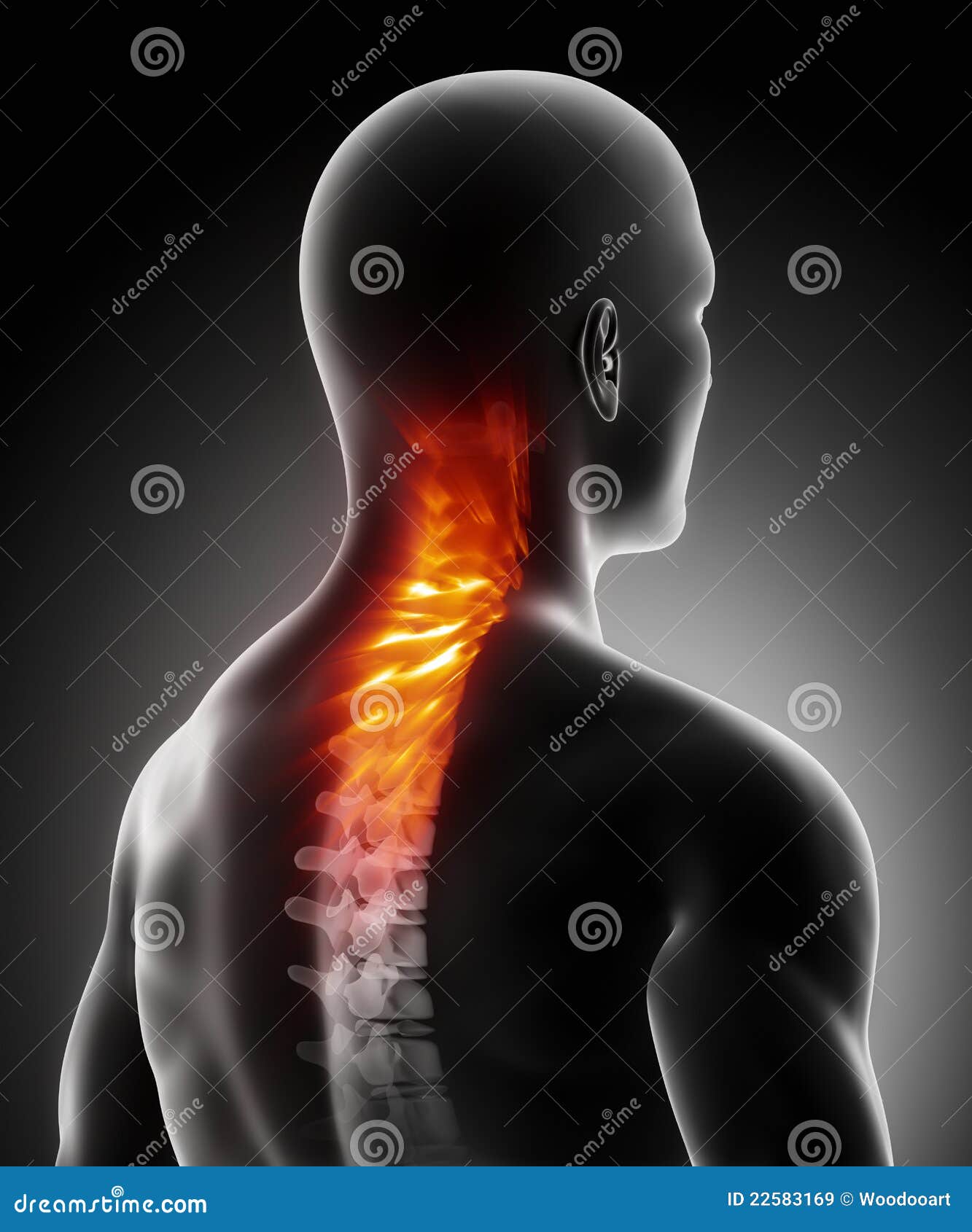

It is crucial to remember that arthritic changes are complete normal in the cervical spine. It is these specific locations of arthritic activity that are most noteworthy, since these are the regions where symptomatic activity can occur due to arthritic accumulations. In the spine, there are several sets of joints, so arthritic changes are often widespread and can be seen throughout the vertebral structures, including in and around the joints and inside the central spinal canal, in the lateral recesses and at the openings of the foraminal spaces. Osteoarthritis occurs due to the deterioration of the protective mechanisms in joints, including the loss of soft tissues and lubricating fluid. Osteoarthritis is not a disease, as is commonly portrayed in medical media, but instead simply describes a set of natural processes that act on many of the major joints in the body. OA is virtually always found in the cervical spine as people get older. Facts About Osteoarthritis in the Cervical Spine We will concentrate on shedding lighting on why OA is such a diagnostic mainstay in the neck pain treatment sector, as well as what the diagnosis means to most patients. This focuses essay provides a much-needed objective overview of cervical spinal OA and its effects. It should be noted that most adults will demonstrate at least mild arthritic changes in multiple areas of the vertebra column, including the mid to low lumbar spine and the mid to low cervical spine, by the age of 40. These spinal bones contain several joints that move constantly, making them ideal locations for arthritic modifications to occur. Osteoarthritis is the technical name for common age and activity-related changes that affect the skeletal tissues in the spine, called vertebrae. Misdiagnosis of osteoarthritis as the cause of back and neck pain is a major problem in the treatment sector, helping to explain why therapy is often so utterly unsuccessful in its outcome.


However, cervical spinal OA is often blamed for causing a wide range of symptoms, some of which seem completely illogical based on the minor structural changes demonstrated. Osteoarthritis in the cervical spine is a normal occurrence that rarely leads to severe pain or functional impairment.


 0 kommentar(er)
0 kommentar(er)
